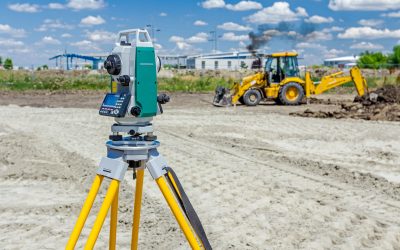There are many different options in load cells in use today. One of the most common is the tension load cell, and this type of load cell offers many different advantages in specific types of applications.
Load cells that measure tension come in many different styles and in different weight capacities. Common designs include S-beams, columns, low profile load cells and other options that are specific to unique weighing needs. As the name implies, these load cells as are used to measure tensile loads, or the weight of items with a pulling force.
On loading docks, in any type of processing or batching operations or other types of applications where weight needs to be measured with a hanging type of load, these are the load cells that you will find in use.
Advantages
With the need to weigh items in a variety of different ways on a line or during processing, tension load cell and scale systems offer several definite advantages over floor or other types of scale systems.
Just a few of the advantages of these types of systems include:
* Capacity and space – these load cells, because of their design and configuration, can weigh small to very heavy loads with a minimal footprint. This saves space in processing and manufacturing areas and also eliminates the issue with having to address loading and unloading off of a platform type of scale.
* Reducing in equipment needs – with the ability to weigh hanging loads there is a decreasing in the amount of handling of the loads and moving them around within the facility. This not only cuts down on the cost of equipment to move the loads in-house, but it also reduces fuel consumption and boosts production efficiency.
* Safety features – all systems of weighing materials in industrial and commercial applications come with a range of safety features. This includes being rated for a specific safe load limit, and then also having an overload capacity.
* Special construction considerations – with the top manufacturers of tension load cell designs, additional features are available for use in challenging working environments. This can include redundant sealing to protect the load cell from damage due to exposure to moisture and high humidity.
Additionally, different load cells will use various options for calibration. With the use of electronic calibration, this task can be handled safely and easily, providing precision measurements without the need for the use of manual weights. Not only does this make calibration easy, but it also reduced labor and downtime during the calibration process.

